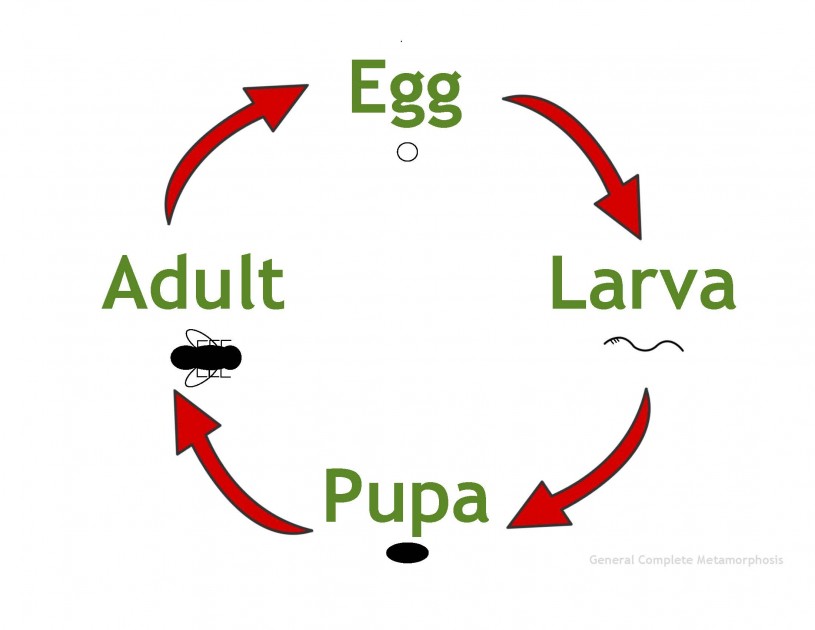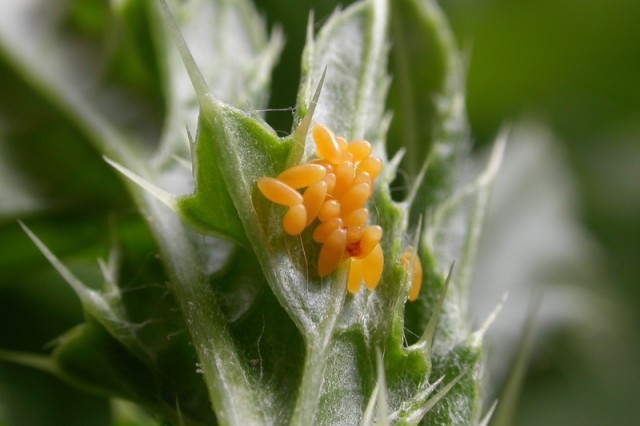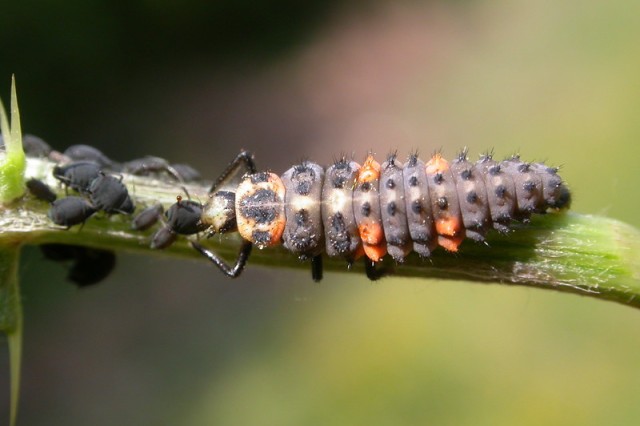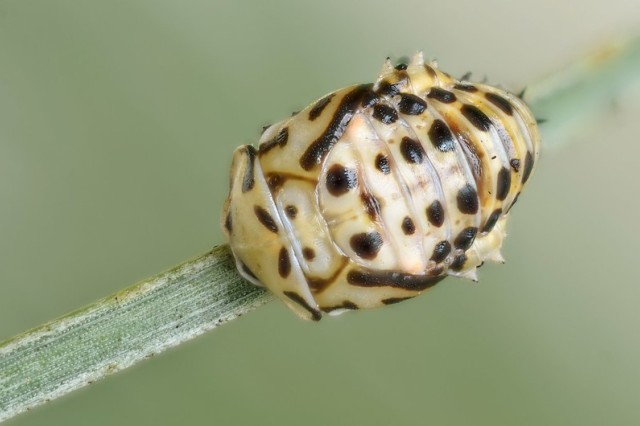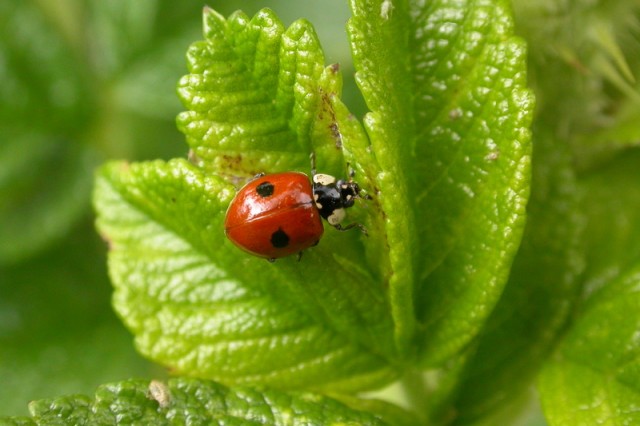Marvelous Metamorphosis

SUGGESTED FOR ELEMENTARY SCHOOL STUDENTS
Let's learn about how some bugs grow! Certain insects - like butterflies, moths, bees, wasps, ants, and beetles - grow through a unique life cycle called complete metamorphosis. Complete metamorphosis has four distinct stages: egg, larva, pupa, and adult. Beetles, such as ladybugs, are one kind of insect that grows through complete metamorphosis!
How many different stages of ladybug metamorphosis can you find in your backyard? Use the Ladybug Metamorphosis Scavenger Hunt to tally up your findings!
Want to learn more about insects? Click here for more information.
Materials
- Complete Metamorphosis Diagram (below)
- Ladybug Metamorphosis Scavenger Hunt Worksheet (or make your own nature journal!)
- Pencil
- Clipboard (optional)
Instructions
1. Do your background research!
Using the Complete Metamorphosis Diagram below, look at each distinct stage of a ladybug's lifecycle: egg, larva, pupa, and adult. Take some notes about what characteristics, or features, a ladybug has in each stage. An insect in one stage often looks and behaves differently than it does in another!
- First, the insect is an egg: this is the ‘baby'. They stay in one place and grow.
- Next, the egg hatches and out comes a larva. The larva is a ‘kid’ stage - it usually moves around and eats a lot (if you were a bug, you would be a larva right now)!
- Then, the larva becomes a pupa. Pupas are the ‘teenage’ stage and they are "resting" in one place.
- Finally, out of the pupa emerges an adult. Adults mate and lay eggs, starting the cycle again!
Note: The diagram only depicts the four distinct stages of complete metamorphosis and represents a generic bug. Each species of insect has different looking eggs, larva, pupa, and adult stages.
2. Conduct your ladybug scavenger hunt.
If you can safely explore outdoors, go outside and look on and under leaves to see how many different stages of ladybug metamorphosis you can find. You can use the "helpful hints" below to get some clues on where to look! Remember, the garden is a home to these insects, so please touch plants gently - we don't want to hurt them or animals living on them.
3. Tally up your findings.
Using the Ladybug Metamorphosis Scavenger Hunt Worksheet (or your own nature journal), put a tally mark next to each stage you see to document your findings. Note the time, date, and weather on your worksheet or in your journal if you want to repeat this activity in a different location or on a different day.
4. What more can you find?
Ladybugs aren't the only insects that go through complete metamorphosis! See if you can find different life stages of other insects, like cocoons of butterflies or moths, and note them in your findings. Use iNaturalist if you need help identifying what you've found!
